At the end of the 2020 season, 2,228 pigeon fanciers from Romania, members of the National Federation (F.N.C.P.R.), met the criteria of this norm (achieving the team in three races of over 475 km in one season). Being a category dedicated to fanciers, which involves nominating the best pigeons for the team and “fumbling” them in three distance competitions, the chances of error is quite high and the chances that the scores in the national championship are very differentiated are quite high. However, if we look closely at the national catalog of this category knowing what it means to achieve the Long distance Fancier norm, we’ll be surprised to find out the small differences that were decisive to win or lose a place on the national podium.
At each race, the first five pigeons nominated by the fancier on the basketing list represent his team for that stage. In order for that pigeon fancier to enter the fanciers’ ranking and that competition can be centralized for one of the fanciers norm, two of the five team pigeons must qualify at that stage. The score achieved by each of the first two team pigeons will be cumulated and the fancier’s coefficient for that competition will result. Obviously, the better the first two pigeons in the team occupy a place as far ahead as possible on the race, the lower the penalty points for the fanciers will be. Thus, to achieve a norm with a very low coefficient is quite difficult, and if we talk about long distance races, the difficulty is even higher.
The national champion of the Long distance Fancier category in 2020 is Mihai Ungureanu (Prahova)
Fanciers from the Prahova Pigeon Association have managed to win several national trophies in the 2020 season in the long distance categories. One of these national trophies was won by Mihai Ungureanu, who ranks 1st National Long distance Fanciers, with a score of 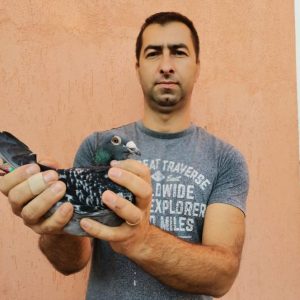 18.30 penalty points. This coefficient was achieved by winning 1st place in the county in two races of 640 km, against 409 pigeon fanciers and 356 pigeon fanciers, respectively, and a 3rd place, this time against 426 fanciers, at a distance of 625 km. “After competing in 2018 and 2019 at UCPR, in 2020 I returned to FNCPR. Before I competed more in short distance and middle distance, but now I changed the category, I eliminated those pigeons and I want to compete in long distance and marathon. We had only 18 cocks and 9 hens for this season, of which 6 were late bred pigeons. I competed using natural method, and until the first long distance stage they only participated in a few trainings, up to the distance of 230 km. We basketed only 14 pigeons at the first lon distance race, because we withdrew the latecomers, but we had very good arrivals. As nesting positions, at each race, the pigeons had either eggs or small chicks. I used a mixture of local food, together with Champion Plus, and during the week I used a depurative mixture. Before basketing the pigeons received RO200, and the recovery was done with glucose and Tollyamin. One of the team pigeons was the cock 0542217/2018, which occupies the 4th place in the National Long distance Old birds, the 3rd place in the province and the 1st place in Prahova County. His father is original Verstraete, on the line of Topstar, and Roziers, from Cosmin Olteanu, and his mother is a Vandenabeele hen, from the tandem Stănescu + Dobre. Another team pigeon was a hen, which this season ranked 3rd Long distance Old birds in the county, which comes from two pigeons from Cătălin Ariciu. A half-brother of this hen took the 2nd place of Long distance ace in the county, being also a team pigeon “, stated Mihai Ungureanu (foto right).
18.30 penalty points. This coefficient was achieved by winning 1st place in the county in two races of 640 km, against 409 pigeon fanciers and 356 pigeon fanciers, respectively, and a 3rd place, this time against 426 fanciers, at a distance of 625 km. “After competing in 2018 and 2019 at UCPR, in 2020 I returned to FNCPR. Before I competed more in short distance and middle distance, but now I changed the category, I eliminated those pigeons and I want to compete in long distance and marathon. We had only 18 cocks and 9 hens for this season, of which 6 were late bred pigeons. I competed using natural method, and until the first long distance stage they only participated in a few trainings, up to the distance of 230 km. We basketed only 14 pigeons at the first lon distance race, because we withdrew the latecomers, but we had very good arrivals. As nesting positions, at each race, the pigeons had either eggs or small chicks. I used a mixture of local food, together with Champion Plus, and during the week I used a depurative mixture. Before basketing the pigeons received RO200, and the recovery was done with glucose and Tollyamin. One of the team pigeons was the cock 0542217/2018, which occupies the 4th place in the National Long distance Old birds, the 3rd place in the province and the 1st place in Prahova County. His father is original Verstraete, on the line of Topstar, and Roziers, from Cosmin Olteanu, and his mother is a Vandenabeele hen, from the tandem Stănescu + Dobre. Another team pigeon was a hen, which this season ranked 3rd Long distance Old birds in the county, which comes from two pigeons from Cătălin Ariciu. A half-brother of this hen took the 2nd place of Long distance ace in the county, being also a team pigeon “, stated Mihai Ungureanu (foto right).
Vali Tudor (Vâlcea), national vice-champion Long distance Fanciers, 2020
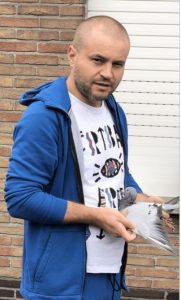 The difference between the occupant of the 1st National place, Mihai Ungureanu, and the national vice-champion, Vali Tudor, is only four hundredths. This means that the score of Vali Tudor from Vâlcea is 18.34 penalty points, achieved by the following rankings in fanciers competition: place 4/558 pigeon fanciers (564 km), place 1/103 pigeon fanciers (717 km) and place 1/118 pigeon fanciers km). „The pigeons with which I participate in the long distance stages are based on a cock purchased from Resita, from Marian Dumitrache, but also the original Peter Janssen pigeons. They compete in widowhood, and for the team I rely on experienced pigeons. Of the pigeons with which we achieved this norm, almost all have at least one national trophy. One of them is Olympic Gold Champion, last year’s Gold Club champion and the winner of the 3rd place National Long distance Palmares this season. Another one is the cock 9003337/2018, who won this season the 3rd place National Allround, the 2nd place National Allround Palmares and the 3rd place National, H Category. It is reproduced from the hen 293974/2015, who is also the grandmother of Olympic Gold Champion. Another team pigeon was the hen 177145/2018, which won the Traian Nițescu Trophy this season. She is a good sister with 9003365/2018, a cock who competed very well and occupies the 8th place National Allround Palmares, the 11th place National Ace Old birds and many other very good places in the national championship in different categories. They are the sons of the hen Tik-Tak, reproduced from the Barrel, one of the very good breeders of my loft “, explained Vali Tudor (foto left).
The difference between the occupant of the 1st National place, Mihai Ungureanu, and the national vice-champion, Vali Tudor, is only four hundredths. This means that the score of Vali Tudor from Vâlcea is 18.34 penalty points, achieved by the following rankings in fanciers competition: place 4/558 pigeon fanciers (564 km), place 1/103 pigeon fanciers (717 km) and place 1/118 pigeon fanciers km). „The pigeons with which I participate in the long distance stages are based on a cock purchased from Resita, from Marian Dumitrache, but also the original Peter Janssen pigeons. They compete in widowhood, and for the team I rely on experienced pigeons. Of the pigeons with which we achieved this norm, almost all have at least one national trophy. One of them is Olympic Gold Champion, last year’s Gold Club champion and the winner of the 3rd place National Long distance Palmares this season. Another one is the cock 9003337/2018, who won this season the 3rd place National Allround, the 2nd place National Allround Palmares and the 3rd place National, H Category. It is reproduced from the hen 293974/2015, who is also the grandmother of Olympic Gold Champion. Another team pigeon was the hen 177145/2018, which won the Traian Nițescu Trophy this season. She is a good sister with 9003365/2018, a cock who competed very well and occupies the 8th place National Allround Palmares, the 11th place National Ace Old birds and many other very good places in the national championship in different categories. They are the sons of the hen Tik-Tak, reproduced from the Barrel, one of the very good breeders of my loft “, explained Vali Tudor (foto left).
Tunduc family (Bihor) completes the national podium
“The Tunduc Family” is the title under which competes Marius Tunduc, president of the National Federation of Pigeon Fanciers in Romania (F.N.C.P.R.), which wins in the 2020 season the 3rd place National Long distance Fanciers. Its coefficient is 28.46 penalty points and was 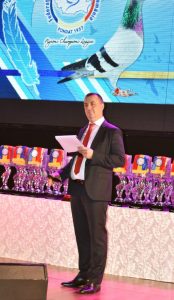 achieved by ranking 1st out of 41 pigeon fanciers (602 km), 1 out of 84 pigeon fanciers (949 km) and 2 out of 132 pigeon fanciers (558 km). It should be mentioned that in the first two centralized competitions for this norm, the Tunduc family basketed a team of 5, respectively 6 widowed hens, but it managed, each time, to win the 1st county place in the fanciers competition. “For four years I have been competing using only hens, and the widowhood method. For this year we had a group of 24 hens, of which 23 yearlings, one one old bird. I make a very tough selection, both for young birds and old birds. Even during the season, between races, if I notice that they are not recovering or do not arrive properly, I do not compete with them. I have been experimenting with this game system for four years, I am trying to improve it, and in the last four years I have won 21 first places. As origins, I have been competing with pigeons from Cosmin Olteanu for many years, of which I am very satisfied. I also bought the hen that won the 1st place in Bihor county and the 1st provincial place Ace Marathon Old birds in 2018, which has already reproduced a very good pigeon, ranked 1st county and inter-county and 11th place on the entire launch at National Berlin, being the best ranked yearling in the whole competition. I also brought pigeons from Jan Ernest, but also original Kipp pigeons. In 2007-2008 we brought the first pigeons from the Kipp family, but we did not have enough patience with them. They are exceptional pigeons, cultivated by very professional pigeon fancier. The pigeons must fly and rank, weekly, races from 100 km to 950 km. For example, the hen that won the 1st Gold place in the county has 11 rankings out of 12 races she participated. She arrived on Saturday from the long distance race, and on Tuesday she was basketed in Berlin and arrived third on the loft. This year was the first in which we held a full program, which involves pigeons to eat 15 g in the morning and evening as much they want to. I use the food mixes of the Kipp family: a super diet, a racing mixture with peas and an energy mixture. I also use a lot of nuts. The day after arrival, the pigeons remain inside all day. On the day of the race, if it was a short one, they have a bath, if they had a long-distance race or marathon, I get a bath the next day. They have a bath the day before basketing and at certain races even on that day, for me it is an important indicator. I use CEST Pharma and Rohnfried products and I am very, very attentive at recovery process. Hens also go to training between races. There were years when I also did four 110 km training sessions during the week, but I can’t say that I saw an improvement. I consult a lot with Sara and Pedro Simao from Portugal, who also competes with hens, whose advice has helped me a lot this season. The fact that the Bihor association has a pretty tough plan to compete with the young birds also helps me a lot. We have five training sessions up to 220 km, after which three races of 300 km, a race of 370 km and one of 550. Quite a lot of youngsters are lost, but it helps us a lot in the selection and ensures that in the loft we’ll have only the pigeons that you can count on”, said Marius Tunduc, president of the National Federation of Pigeon Fanciers in Romania (foto right).
achieved by ranking 1st out of 41 pigeon fanciers (602 km), 1 out of 84 pigeon fanciers (949 km) and 2 out of 132 pigeon fanciers (558 km). It should be mentioned that in the first two centralized competitions for this norm, the Tunduc family basketed a team of 5, respectively 6 widowed hens, but it managed, each time, to win the 1st county place in the fanciers competition. “For four years I have been competing using only hens, and the widowhood method. For this year we had a group of 24 hens, of which 23 yearlings, one one old bird. I make a very tough selection, both for young birds and old birds. Even during the season, between races, if I notice that they are not recovering or do not arrive properly, I do not compete with them. I have been experimenting with this game system for four years, I am trying to improve it, and in the last four years I have won 21 first places. As origins, I have been competing with pigeons from Cosmin Olteanu for many years, of which I am very satisfied. I also bought the hen that won the 1st place in Bihor county and the 1st provincial place Ace Marathon Old birds in 2018, which has already reproduced a very good pigeon, ranked 1st county and inter-county and 11th place on the entire launch at National Berlin, being the best ranked yearling in the whole competition. I also brought pigeons from Jan Ernest, but also original Kipp pigeons. In 2007-2008 we brought the first pigeons from the Kipp family, but we did not have enough patience with them. They are exceptional pigeons, cultivated by very professional pigeon fancier. The pigeons must fly and rank, weekly, races from 100 km to 950 km. For example, the hen that won the 1st Gold place in the county has 11 rankings out of 12 races she participated. She arrived on Saturday from the long distance race, and on Tuesday she was basketed in Berlin and arrived third on the loft. This year was the first in which we held a full program, which involves pigeons to eat 15 g in the morning and evening as much they want to. I use the food mixes of the Kipp family: a super diet, a racing mixture with peas and an energy mixture. I also use a lot of nuts. The day after arrival, the pigeons remain inside all day. On the day of the race, if it was a short one, they have a bath, if they had a long-distance race or marathon, I get a bath the next day. They have a bath the day before basketing and at certain races even on that day, for me it is an important indicator. I use CEST Pharma and Rohnfried products and I am very, very attentive at recovery process. Hens also go to training between races. There were years when I also did four 110 km training sessions during the week, but I can’t say that I saw an improvement. I consult a lot with Sara and Pedro Simao from Portugal, who also competes with hens, whose advice has helped me a lot this season. The fact that the Bihor association has a pretty tough plan to compete with the young birds also helps me a lot. We have five training sessions up to 220 km, after which three races of 300 km, a race of 370 km and one of 550. Quite a lot of youngsters are lost, but it helps us a lot in the selection and ensures that in the loft we’ll have only the pigeons that you can count on”, said Marius Tunduc, president of the National Federation of Pigeon Fanciers in Romania (foto right).
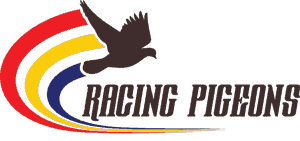
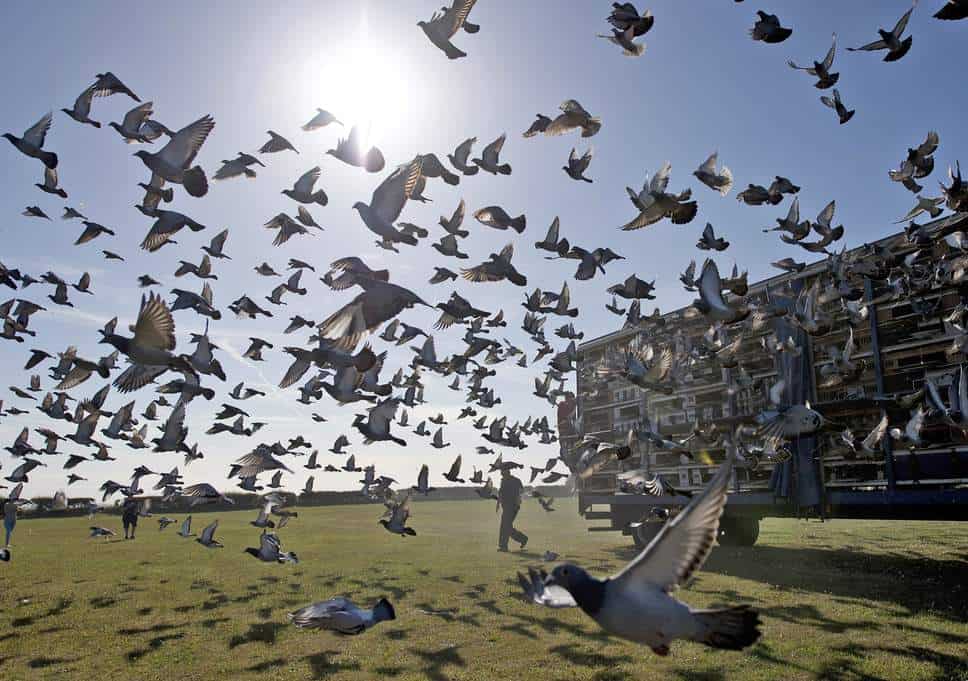
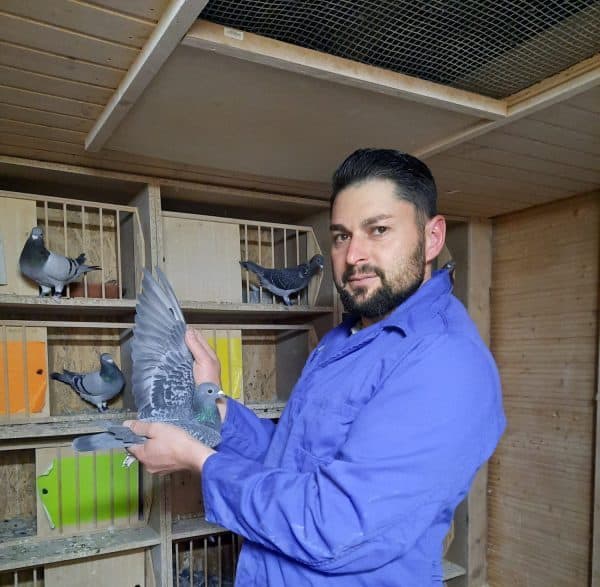
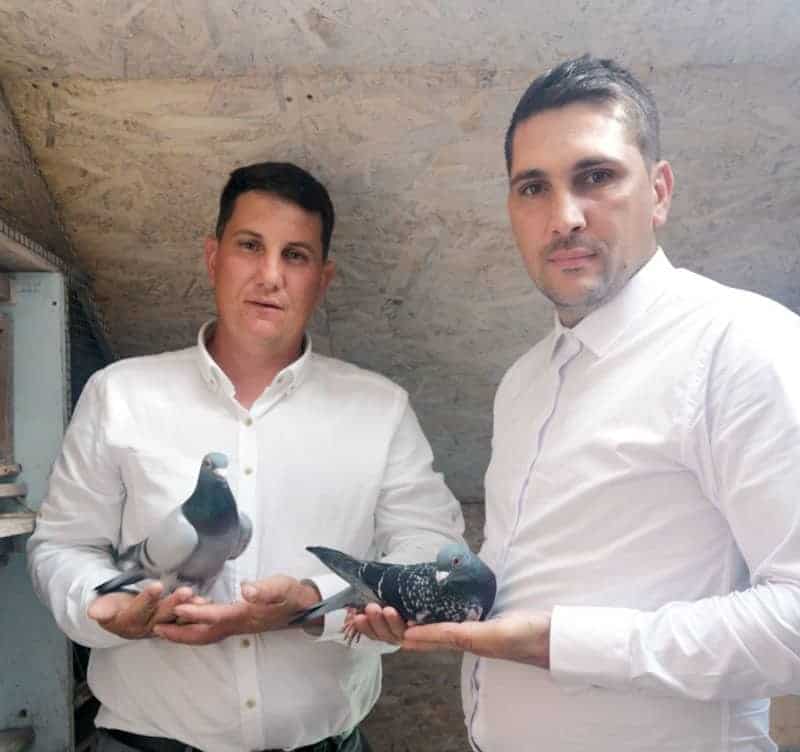
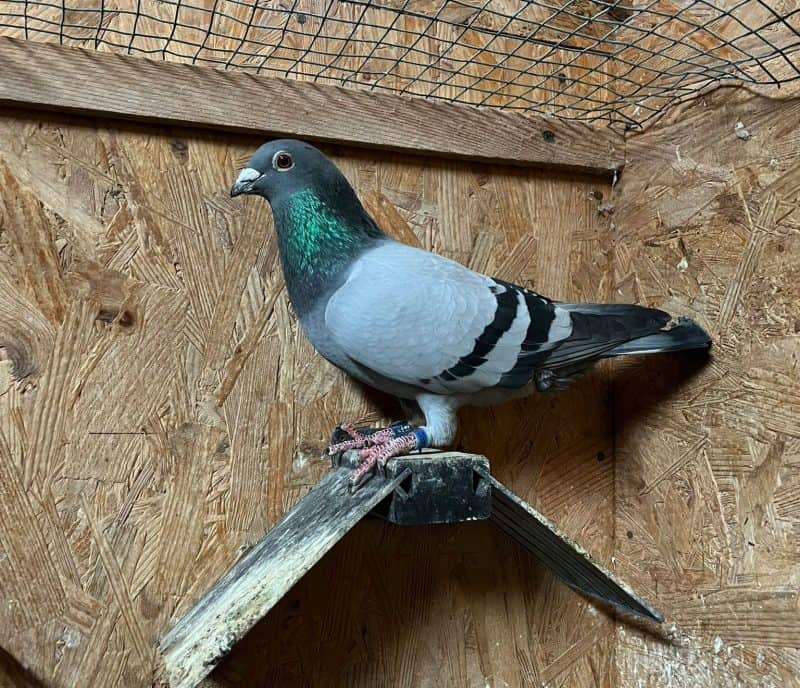
Leave a Reply